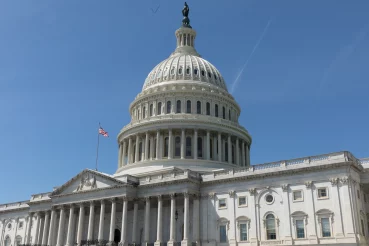As inflation has become a daily headline, pundits debate the Federal Reserve’s response. Whether or not the Fed moves to reduce interest rates and end the era of “easy money” is no longer the question. The question now is simply, how fast will the Fed take away the punch bowl?
Normally, the Fed’s main weapon for maintaining target inflation levels is manipulation of the Federal Funds Rate, or the rate at which commercial banks borrow and lend excess reserves to one another. When the Fed reduces this rate, it stimulates the economy as banks are able to borrow at lower rates and thus, able to lend at lower rates. This filters all the way down to you and me in the form of, for example, lower mortgage, automobile and business loan rates.
During the financial crisis of 2008 and again at the onset of the COVID-19 pandemic in March 2020, the Fed reduced rates to near 0% in order to provide a significant stimulus to the economy. The costs to borrow were driven down materially, driving immense demand for housing as buyers could now afford larger and more expensive homes given the drop in mortgage rates. In addition, interest on cash in money market and savings accounts, CD’s and other “safe” assets also dropped significantly. This encouraged many investors to take cash off the sidelines and invest further into equity markets in search of greater returns, contributing to the surge in domestic stock markets.
In addition to lowering interest rates, the Fed also renewed its “quantitative easing” program that it began in 2008. This unconventional form of monetary policy involves The Fed making massive purchases of Treasury bonds and mortgage-backed securities in order to push interest rates down further. The reason for doing this is simple – with Fed Fund rates at essentially 0%, the Fed could not cut rates further and this was another way to massively stimulate the economy.
By November 2021, the Fed’s balance sheet had ballooned to over $4T worth of Treasuries and mortgage-backed securities. By January 2022, this number shot up to $9T. Along with supply chain issues caused by the pandemic and a rapidly strengthening labor market, this massive flood of dollars into the system has resulted in the highest inflation the US has experienced in over 40 years at over 7.8% and threatening to go higher.
An End to Easy Money
The easy money party is likely to end soon in order to prevent runaway inflation. As opposed to years past where the Fed only had the Federal Funds Rate as a tool to fight inflation, now it also has the ability to wind down its massive balance sheet and begin “quantitative tightening.”
In November of 2021, the Fed actually began slowing its asset purchases by $15B per month (from $120B to $105B) and then further reduced purchases again in December by another $30B per month. At this pace, the Fed will no longer be purchasing new assets by the end of 2022. The Fed will then have to decide when they will begin to sell the existing purchased assets, thus reducing the balance sheet. The sales could occur while simultaneously increasing the Fed Funds interest rate. As this has never been done before, the Fed must thread quite a small needle to negotiate a “soft landing” for the economy. The goal of the Fed will be to slow an over-heated economy by way of softening demand, which will help bring down the price of goods and services.





